Back in November, illustrator Jim Pavelec invited colleagues Randy Gallegos, Mike Sass, Aaron Miller, and me to participate in a panel discussion at Illuxcon regarding the fantasy illustration market. Jim wanted the panel to be a forum for ideas on how we could affect positive change in the industry. We met the morning before to hash out some ideas, and took our thoughts to that panel.
If you want to give it a listen, visit this link on Vimeo, or on the Drawn Today podcast.
In the first half, we talked about the state of the industry. It’s a bit grim.
I’ve been a professional illustrator for 32 years, the last 19 years of which I spent in the fantasy industry. Magic, D&D, and publishing provide nearly all my income. I’ve been lucky, but over those 19 years I’ve seen wages stagnate for many artists—in some cases, even falling from what they were 19 years ago.
Randy Gallegos pointed out on CGHub:
“(A) $500 commission in 1994 would need to be $785 in today’s dollars to have the same buying power. But that same commission is generally still $500 (or less) today. Put another way, that $500 commission today has the same buying power as $318 in 1994.”
Meanwhile, work-for-hire contracts have become the norm, preventing young artists from building a catalog of images they can profit from throughout their careers.
Add inflation to the factors at work, plus higher tuition for art students, and the truth for aspiring illustrators is daunting.
Not only artists are hurting, of course. Publishers are taking a beating. But artists seem to be last in line to get paid when the money runs out.
It’s not due to evil, scheming clients; the real world has simply become tougher. The economy took a hit. E-publishing is making traditional paper publishing difficult; books sales are down. Globalization and the Internet have put artists all over the world in competition with each other. I’m frequently amazed that fees haven’t dropped through the floor. Competition is fierce; the “dream” of working in these fields compels some younger or just-starting illustrators to undercut prices just to get a foot in the door. Even working professionals too often feel forced to take what they can get.
It might be assumed that the most talented artists will always find work, and certainly there are clients who will pay more for the best. Social Darwinism happens. But success is more complicated than that. I know that my “Big Break” came about because I was in the right place to meet the right people at the right time. I’d like to think that I was also the right person for that plum job at TSR, but it could have been any of a great number of artists more talented than me. So I know luck matters too. A lot.
And there’s the other really important factor that can impact our survival—networking and community. Simply put, I wouldn’t be where I am without the assistance of people I met along the way. Success doesn’t happen in a vacuum.
The art and publishing Community helped me along.
Which brings me to the second half of the discussion.
What if there was a place that artists and clients both could go to get a picture of the current state of the industry? The idea didn’t even have a name in the discussion at Illuxcon, but it evolved into PACT—the Professional Artist/Client Toolkit.
PACT will be a tool to help freelance fantasy, sci-fi, and comic book illustrators negotiate a better living wage for themselves. To learn more about it, visit the Indiegogo page, and see the Member Benefits section.
There’s a lot there to take in, and I’m not going to reiterate it. In short, the idea was simply to create a website that would serve as an “information aggregator for illustrators”—a place where artists could rate their experiences with clients in a fair and anonymous venue, and have access to tools tailored to work in this industry, like sample contracts, and reviews of companies through a process designed to be fair and broad-based.
As it evolves, PACT is looking for ways to offer more benefits to the clients, too.
From the Indiegogo site:
“The site will be constructed by Tecture, a fantastic Chicago based web development company. They are real pros, which means nightly on-site back up and weekly off-site backup, as well as monthly maintenance. With Tecture in our corner we will be able to grow the site in any direction we need, and you will not have to worry about security, crashes, or an amateurish looking site. But, professionalism costs money (which is kind of the entire point of this endeavor), so the majority of the funds raised through the [Indiegogo] will go to pay for the building and maintenance of the site.”
The whole idea is still taking shape. Once the website is funded, there will be a beta period where members can post their ideas and concerns. The more active and broad-based the membership is, with artists, art fans, and potential buyers combined, the more useful and successful it will be.
This is an all-or-nothing venture. At the end of the fund drive PACT will either get built, or it won’t and we’ll move on.
It’s not a guild, it’s not a union, it’s not a place where freelancers go to exact revenge on companies, but “a place where we can learn to be more professional, to promote an appreciation and more respectful attitude toward the work we do, and encourage companies to treat us in a more professional and economically viable way.”
It’s community, coming together to look out for each other, something that the people in this industry have always been good at.
I hope you will give it a look, pitch in, and share the links.
Thank you,
Todd Lockwood


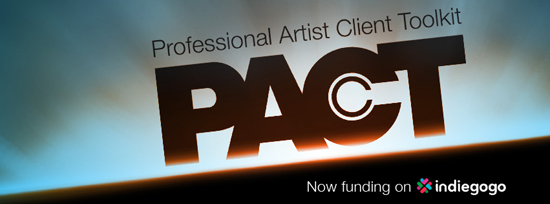
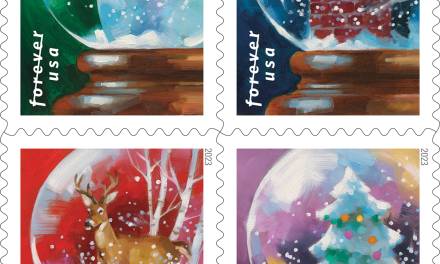
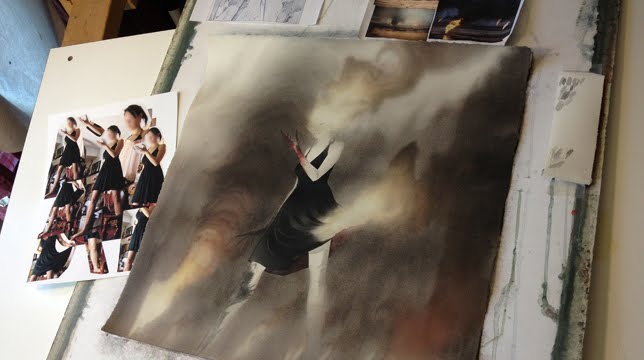
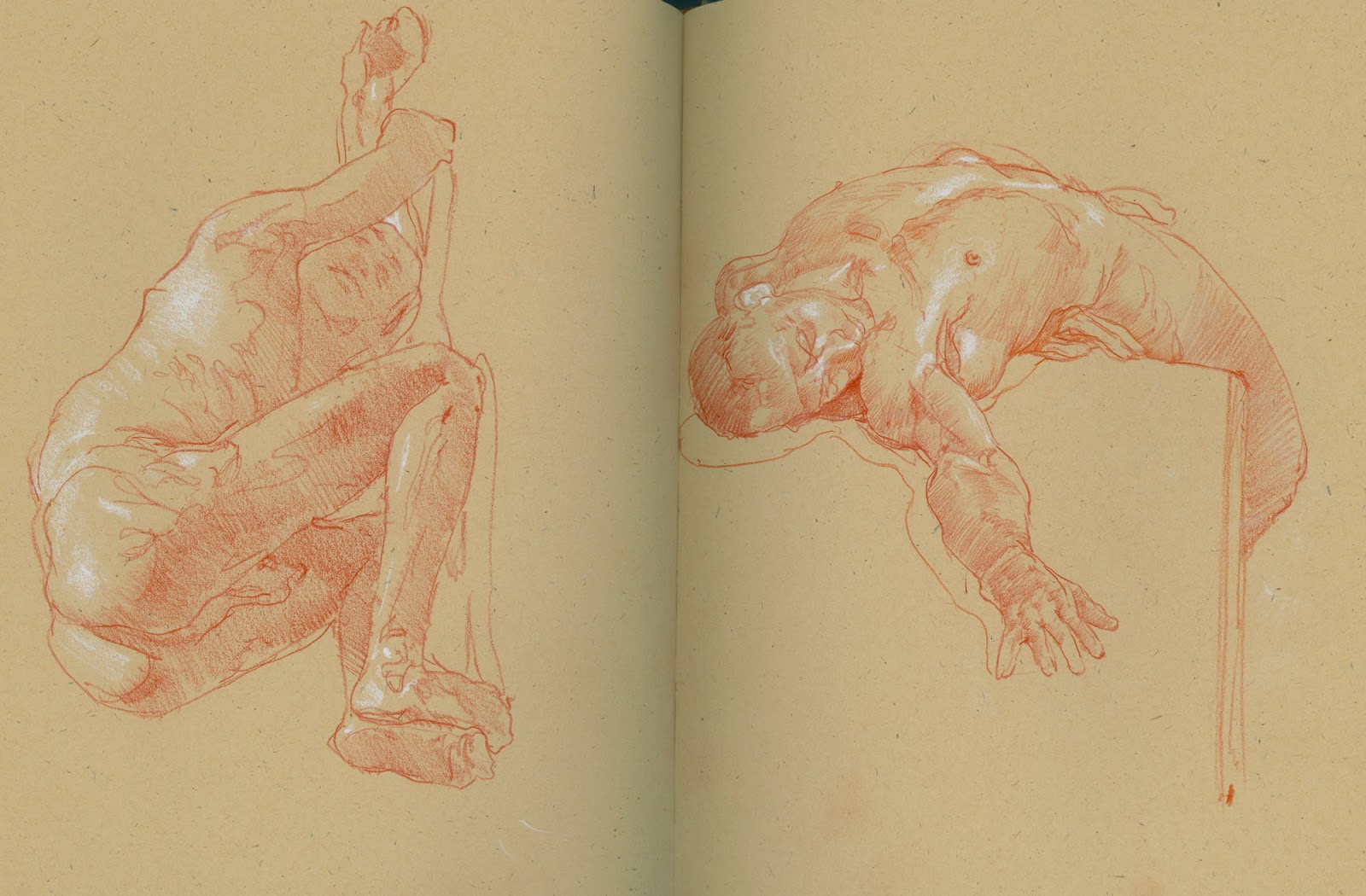
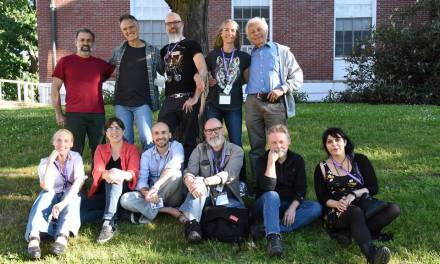

That's a real interesting analysis and one that applies to many creative sectors. You can change the name of the area and still It's sound and correct.
Will the site be accessible to everyone or only to companies?
This looks really exciting. Not only for established artists but for those like me who are just starting out. I've shared this on my time line and will be telling everyone I know!
Karan, if you can you should listen to the panel discussion above. It will be open to anyone to view, but a membership will be required to give feedback and contribute if I understand it properly. I think it's a cool idea personally, and I hope that it goes well.
Do you have any plans to deal with galleries? Right now it seems only focused on Illustration and production art and their clients. I know many of these same artists participate in gallery shows from time to time.
Armand, this is really planned as a resource for illustrators. Primarily for people in related genres (fantasy/SF publishing, gaming, comics, children's and the like), though I expect it will naturally grow into a general resource for illustration at large, eventually. Personally I would welcome that kind of growth and broad-based usefulness; many of worse work for clients on occasion who are not traditionally within the genre.
We've received requests about whether this can be a resource for 3d artists, graphic designers and so on. Each industry has its own issues, and I'm sure the gallery space has its own as well. But I think it will be for people in those industries to do something similar. I hope they do.
What those requests tell me is that we're on to something, that people in different industries would like something similar. But this is starting in illustration first, and I hope people will embrace it for what it can offer the illustration community.
“many of *us* work for clients on occasion who are not traditionally within the genre,” that is. 🙂
As much as I would love this to be a success(yes I've donated), I had concerns when I first saw the $45k goal. I understand the costs involved to get this to a level of professionalism but what if it falls short of the goal. Is it really an all-or-nothing venture mindset? Surely there's a plan B? Has there been any thoughts on a smaller goal if this fails?
This is such an amazing and useful project, but why did you guys go with Indiegogo? I feel like on Kickstarter it probably would have been close to funded by now. Kickstarter just gets so much more exposure.
Gabriel, we agree. We submitted it to Kickstarter originally but they don't allow funding of things like this, only sort of tangible items, whereas we are funding an ongoing service. Leading to Rick's question: So we went with Indiegogo and chose their all-or-nothing model to replicate KS. Illustrators are (and have been) skeptical of appeals for their money. We wanted to put at ease any fear that we'd take a partly-funded pot and run, forever in “awaiting further funding” limbo.
As to why it's so much, it's not even so much professionalism, which is a quality that can be reached at any budget. It's that lawyers and programmers have not devalued their industries and still charge healthy amounts of money. A portion of the funding covers the shipping of items ordered. And the rest is to be used to pay for operations, including paying someone to moderate/administrate the site once it is going.
None of us who are on the advisory team have the funds to pony up in the case of a partial-funding. More to the point, we really do think that between fans getting support items, and the number of artists out there in all the related fields, that there is no reason we should have to, neither do we have unlimited time to pursue multiple avenues of fund-raising. The advisory team has put in many, many hours of volunteer time on this already.
If this is something the community thinks is valuable, it will fund. If we prefer continuing to be lone-wolves, acting alone and never combining our weight to effect change, it won't.
Thanks for your support though!
I have to say I don't really get the concept. I understand the mentioned problematics of the business and I'm all in for improvement, but I don't understand how this tool works.
Sample contracts sound good, but where this falls short (in my view) is the tools how to affect the other side of the business. Is this kind of ganging up against the clients, creating a cartel, making their job more difficult by demanding rights..? 🙂
It's either my personal dimwitness, or maybe if people are feeling reluctant to take part, the description is too vague. I am sure the idea behind this is good, and valuable, it's just … I don't really get why I should take part. I would want to, but I don't understand it well enough.
I hope I don't sound like an ass, don't want to be one – I just want to point out an issue that's bugging me. And now that I try to think it over, it might be that I don't understand the business well enough to see the value of this tool. And maybe all the not-yet-professionals like me are having the same problem.
Understandable Jari. The main strength of the site is the ratings system; the resources are extras. The 3-second oversimplification of it is to call it, “Angie's List for clients.” But even then, some don't know Angie's List. I'd encourage you to give the back half of the video above a listen. The bulk of what's said there still holds.